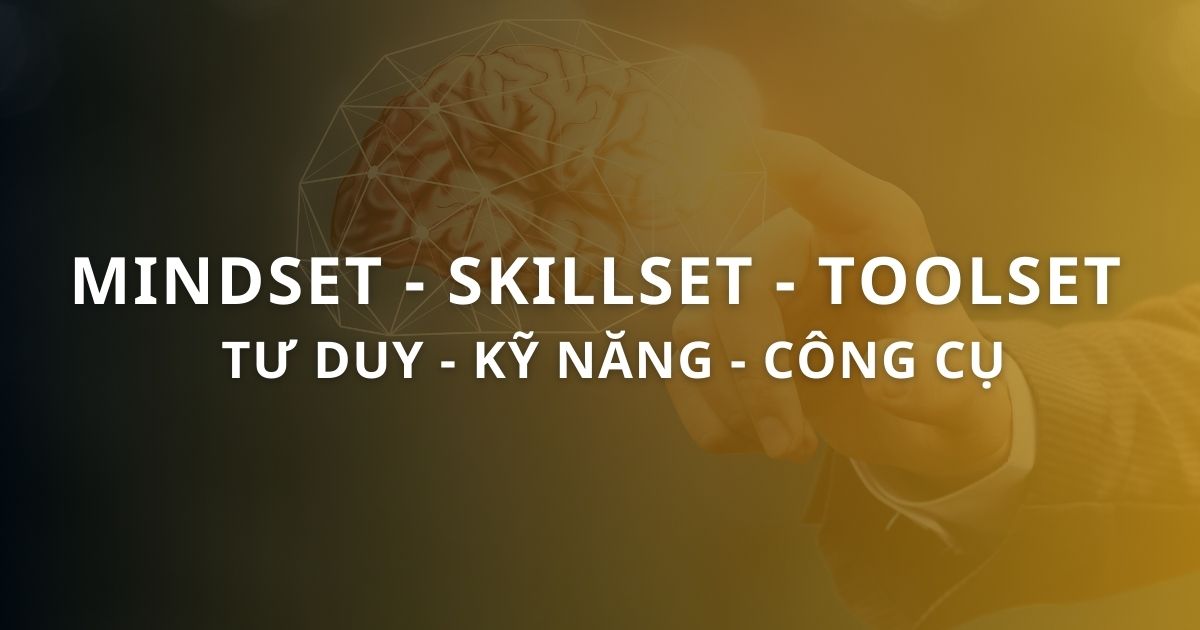There is a useful framework or construct for activities and issues that are critical to an organization’s success. We call these issues “moments that matter.”
By focusing on the activities in moments that matter, an organization can ensure that employees and managers are effective in their jobs; it’s also a way to differentiate between hygiene activities and critical activities. Take the Chief Procurement Officer (CPO) role or sourcing organization, for instance. Consider the following moments that matter to their success so you can ensure they are equipped for the moments that matter to your company. These moments and activities separate CPO organizations that are highly effective from those that merely go through the motions.

Moment That Matters: Competitive Pricing
The issue of price is central to the CPO and sourcing organization, particularly when buying services, which tend to be more complex and more nuanced than products. This may seem obvious, but in the context of services, price isn’t stable. Service contracts may be sourced once or may have an initial contract and then evolve over time. As they evolve, the issue of price constantly comes up.
For example, in an IT contract, skills, requirements and tasks change. Those adjustments are subject to the Master Services Agreement (MSA). The vendor puts forward a price for the change. Often, these changes are off schedule; they are for services or skills that weren’t anticipated in the original contract structure. These pricing issues are moments that matter – important to get right.
Clearly, pricing for larger contracts or other issues also becomes important. So, central to the CPO’s organization is ensuring that they get a competitive price, both for large and small things, and adapt that price as things change.
Moment That Matters: Quality of Performance
Another moment that matters to the CPO and sourcing organization is the quality of a vendor’s performance. This is particularly difficult in the services space where performance is fluid and affected by many external variables outside a vendor’s control. Given a changing environment, how the purchasing organization measures performance quality and calibrates it is a moment that matters.
Moment That Matters: Partnering With The Business
Due to digital transformation, another moment that matters for purchasing is how to partner with the business. increasingly, the business asks the CPO to better partner with the business organization’s needs. Business value is not exclusive to just price and vendor performance. To deliver on the many other aspects of value, the CPO, sourcing and vendor management organization must better partner with the business so that they can ensure vendors deliver a higher level of value than just price and performance.
Purchasing and vendor management teams have specialized skills that they can apply across multiple service lines or multiple categories. I don’t foresee a death of the purchasing organization and the vendor management team. But I believe they must make a step change in their mind-set and performance to partner with the business in meeting its needs. In this new world, they must get closer to the business; they must also recognize the complexities in the business and the vendors.
Two Aspects That Must Change
How can purchasing and vendor management teams better align with the business needs? The first step is to recognize that they need to go beyond vendor management to integrated planning. There needs to be a sustained effort, certainly on a regular cadence, in which the vendor management teams and purchasing teams can understand the true needs of the business. Many purchasing organizations tend to do this by having category managers meet with the various business holders on a regular basis; however, this appears to be inadequate to create the necessary alignment. Something more structural needs to be put in place.
Another issue involved in better aligning with the business needs is the purchasing mind-set. Purchasing vehicles and vendor management vehicles are focused on unit costs. These organizations become more valuable to the business as they drive lower costs. However, they can’t get there by attacking unit costs. To operate in a digital world, they need to focus on automation and end-to-end lower cost rather than unit costs. In fact, digital operations often necessitate paying more for people or for pieces of technology. But when they are incorporated in a digital platform, they operate at a dramatically lower total cost. Therefore, sourcing teams need to start incorporating total-cost thinking into their purchasing and vendor management.
Over time, I believe we’ll find that the purchasing and vendor management organizations that focus on making these changes will create more value and drive more organizational impact than those that are just functional and process oriented. So, I’m calling for a step up in performance in purchasing and vendor management. In my next blog, I’ll provide some suggestions on how to do that.
Source: Forbes









.jpg)
.jpg)
